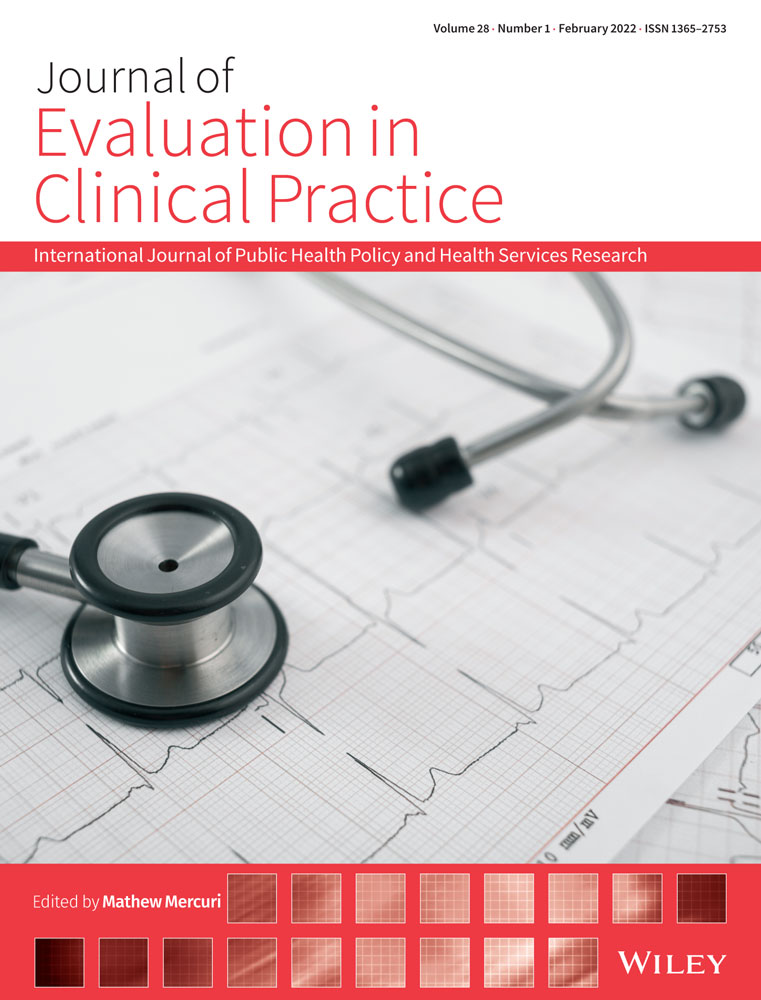Preoperative anesthesiology consult utilization in Ontario – a population-based study
Funding information: Department of Anesthesiology & Perioperative Medicine, Queen's University.; SEAMO New Clinician Scientist Program Research Establishment Funding
Abstract
Rationale, aims and objectives
Physician consultations are a limited resource. Anesthesiologists provide anaesthesia during surgery and procedures, prepare patients for surgery in preoperative clinics, and provide postoperative care. This study sought to evaluate current consultation usage patterns, with an aim to determine possible opportunities for efficiency.
Method
A retrospective comprehensive population-based cohort study was performed, evaluating all hospitals in the Canadian province of Ontario from 2002 to 2018. The main outcome measures were American Society of Anesthesiologists (ASA) classification of the patients, and whether the patients underwent surgery within 3 months following the anaesthesia consultation.
Results
A cohort of 2,023,499 patients, and a total of 2,920,100 preoperative anaesthesia consultations was obtained. The number of consults per year doubled between 2003 (112,983/year) and 2017 (246,427/year), despite a less than 40% increase in practicing Canadian Anesthesiologists over this same timeframe. Each year, an average of 19.3% of the consults (range: 17.7–20.5%) were for patients that did not progress to having surgery. Of those that did have surgery following the anaesthesia consult, 37.2% were ASA Classification I or II. The most common surgical procedures (percent of total) following anaesthesia consult were: Knee arthroplasty (9.5%), hip arthroplasty (5.8%), cataract extraction (4.1%), repair of muscle of chest/abdomen (3.3%), hysterectomy (2.8%), and cholecystectomy (2.7%).
Conclusions
This study reveals data on utilization and trends over time of preoperative anaesthesia consultations. Potential opportunities for optimization were found, including patients who did not proceed to surgery, and healthier patients undergoing low to moderate risk surgery.
CONFLICT OF INTEREST
Role of funders: Financial support only.
Conflict of interest: No conflicting relationships exist for any author.
Financial disclosure: No financial interests exist for any author.
Open Research
DATA AVAILABILITY STATEMENT
The dataset from this study is held securely in coded form at ICES. While legal data sharing agreements between ICES and data providers (e.g., healthcare organizations and government) prohibit ICES from making the dataset publicly available, access may be granted to those who meet pre-specified criteria for confidential access, available at www.ices.on.ca/DAS (email: [email protected]). The full dataset creation plan and underlying analytic code are available from the authors upon request, understanding that the computer programs may rely upon coding templates or macros that are unique to ICES and are therefore either inaccessible or may require modification.




